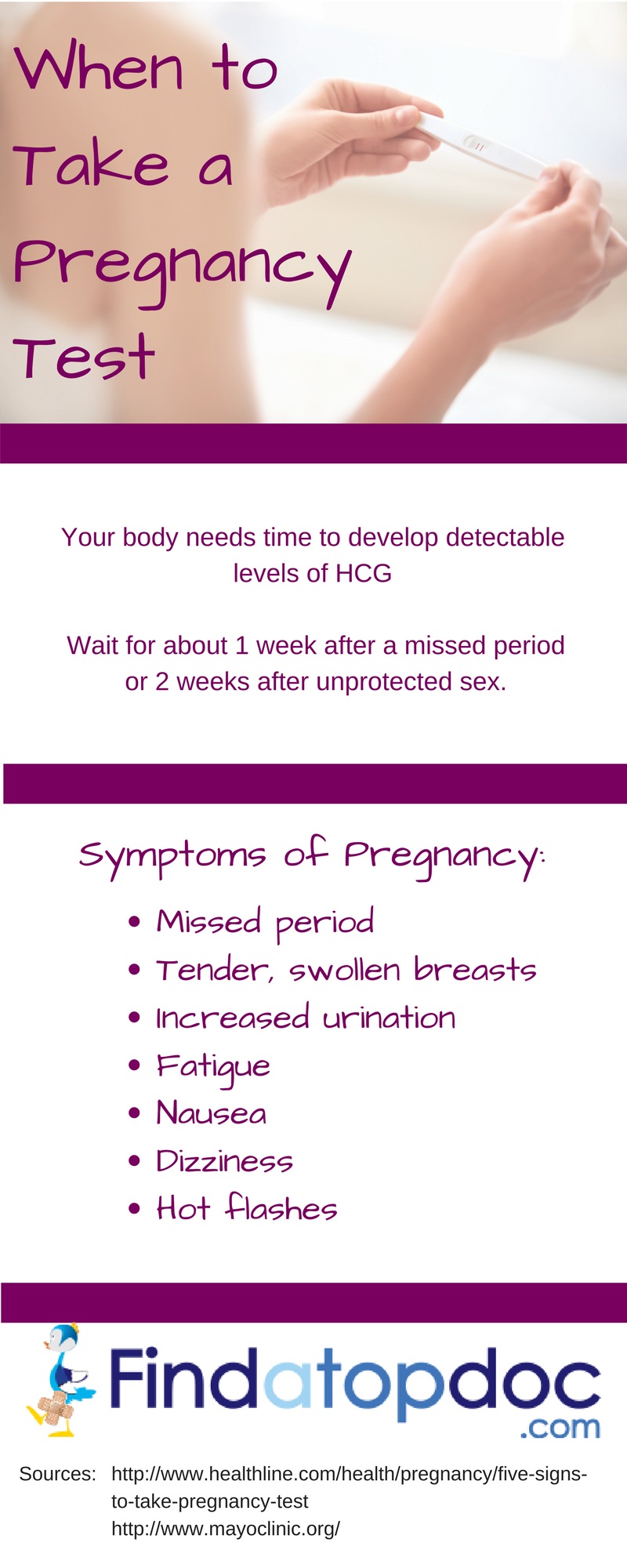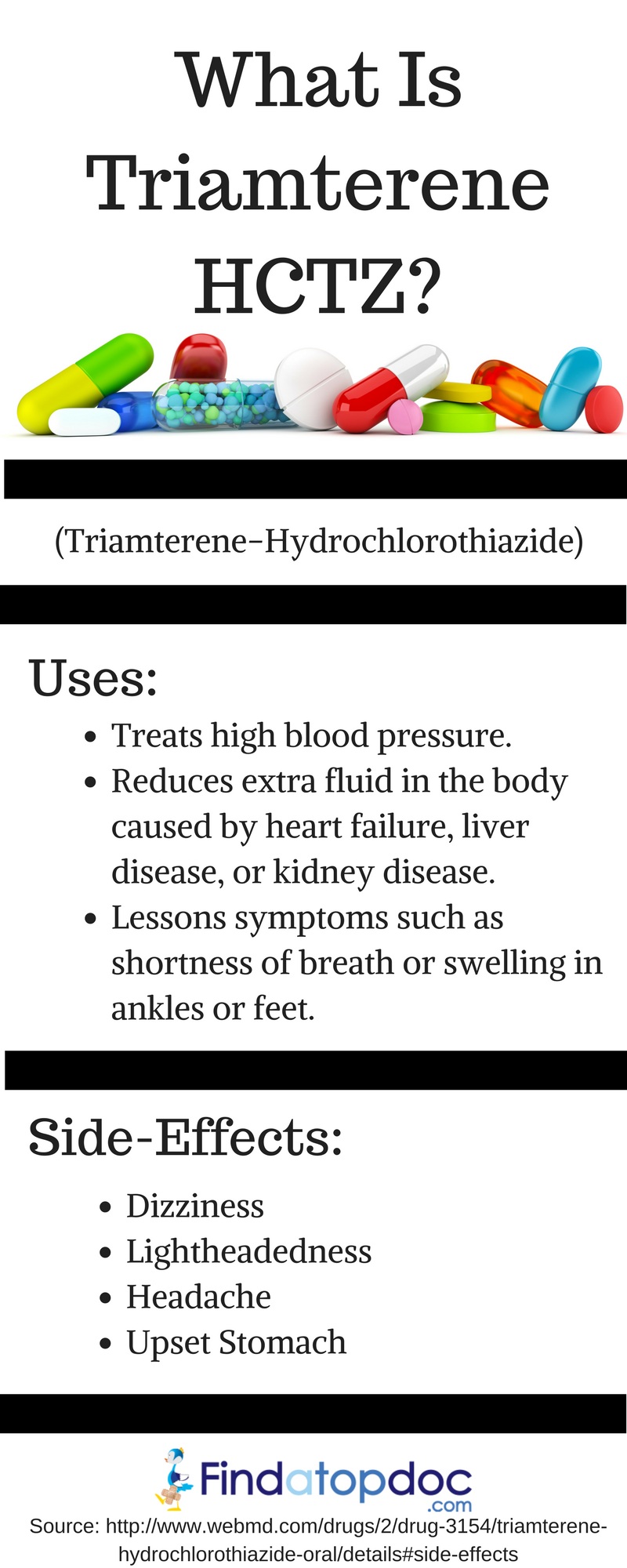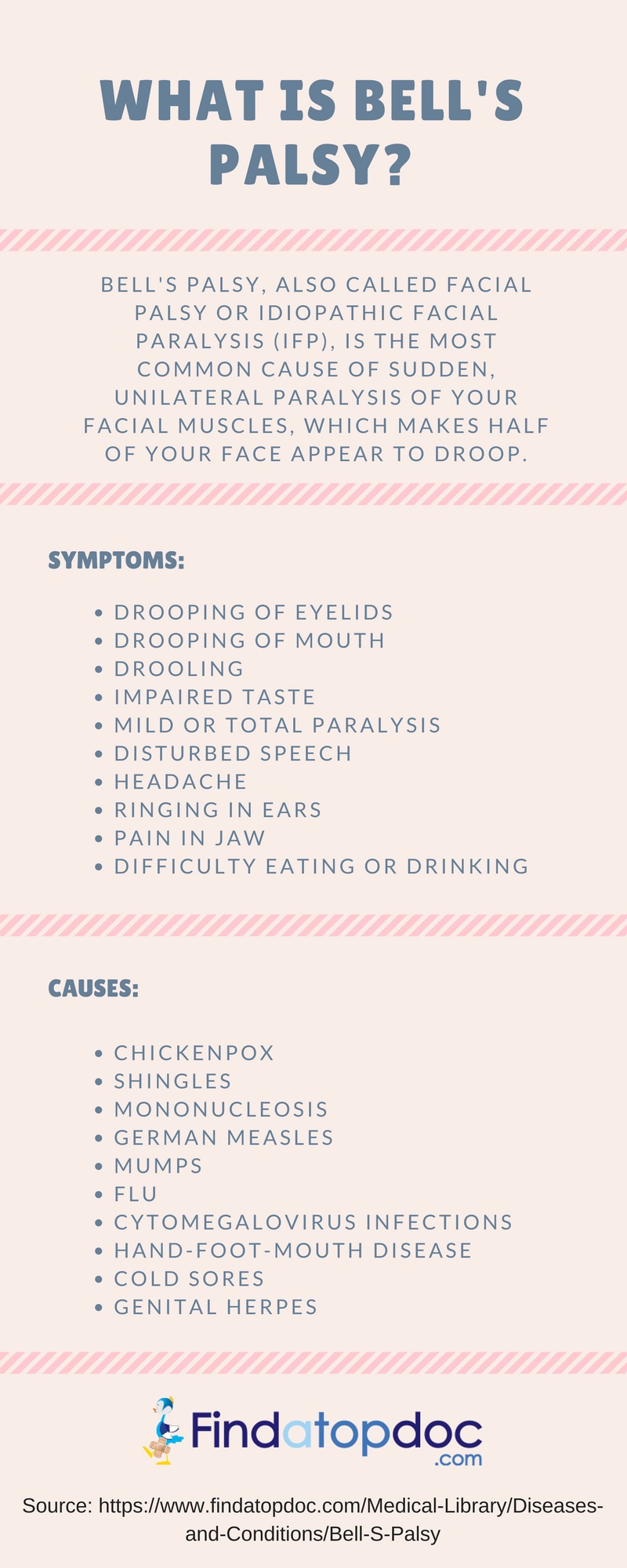For the last 2 decades, our world has
undergone a major transformation as a result of healthcare technology. Today,
many professionals have access to several technological services that help them
manage relationships with organizations that are part of the healthcare system
such as banks, government offices, utilities, pharmaceutical companies and
entertainment/advertisement companies.
Until this point, few people have had
the opportunity to use healthcare technology to enhance important healthcare
relationships such as those with doctors, hospital, pharmacy and other health
organizations. These relations are a part of healthcare program and are very
important during patient care.For consumers or patients, technology transformation
will see the enhance relationship with providers and other patients as well.
Consumer Healthcare Technology Trends
In
the past, having insurance to help pay doctors and having doctors’ access has
been enough to satisfy consumers healthcare needs. Today, consumers expect
more. According to recent studies, here are a few technology trends among
today’s care in the United States and around the globe:
1 Agents Care
Clinics
To
help satisfy the growing demand of consumers who would like healthcare
delivered the same way as food (more convenient and affordable), the number of
urgent care clinics continues to grow across the world.
With
more than 60 million people in the U.S who lack access to primary care, urgent
care clinics have become an immediate option. Today, about 6,400 urgent care
centers have been developed. The urgent care industry has been seen as a
growing industry with the increase being approximately 6% per year.
According
to recent survey, urgent clinic owners include:
- 33% corporations
- 20% joint ventures
- 14% physician groups
- 13% hospitals
- 12.5% single physicians and
- 5% non-physicians
Urgent
care has existed for decades, but some health care systems have decided to get
it in with a goal of bringing healthcare to remote areas. Urgent care clinics
have many benefits compared to hospitals and other health systems as they
decrease emergency department overcrowding especially for people with
low-acuity conditions and have no other medical options. In the coming days,
hospitals may also want to invest in urgent care clinics either alone or in
partnership with other organizations and healthcare systems. In a recent
survey, it was found that 70% people like visiting urgent care clinics
affiliated with a hospital compared to 16% who like going to independent urgent
clinics
2 Convenient Clinics
Consumers have turned drastically toconvenient healthcare options whenever they want to see a physician. Due to
consumer demand for convenience, many Americans, about 25%, have currently
turned to convenient clinics or retail clinics. On the other hand, more than
42% have turned to use urgent care clinics. While many people rely on primary
care physicians, younger consumers have increasingly preferred care based on
convenience and ease rather than a long-term relationship. 28% percent of
people below 35 years of age in the U.S say that they don’t have a primary care
doctor.
3 Concierge Medicine
Concierge
medicine has changed the way things work in healthcare. With development of
consumer application apps, consumers can now compare drug prices in different
pharmaceutical industries and save up to 70 percent. What they need to do is
search for clinics based on personal or financial needs, find same day
appointments, and find online scheduling.
4 EHR
System
An
EHR system provides a digitalized way to see doctors and nurses. This system is
connected to all healthcare providers and can have the following benefits to
both providers and consumers:
- Reduce paperwork- EHR is fed with all patients’ information and that information is made available when the patient arrives.
- Accurate information to the right hands- EHR in hospitals makes sure all providers can share your information, which enables them to best make decisions and avoid medical mistakes.
- Protects consumer’s safety- If you see two doctors consecutively, they may coincidentally give you different medications. This may later lead to poor drug interactions. With the EHR system, doctors can access your medical information knowing the previously prescribed medications. This will help you from the risks of medical cost and ineffective medication.
- Unnecessary tests and procedures-EHR can also save consumer repeat tests ordered by a different doctor. This can help one avoid tests that posed some risks and as well save money
- Direct access to health records- Since every consumer has a federally guaranteed right in the U.S, each patient can identify and correct wrong or missing information in the EHR system. Physicians give consumers direct access to their health data for the purposes of verification and corrections.
5 pharmacist-to-patient
Relationship- Membership
pharmacy and other healthcare programs have led to increased relationships
between consumers and pharmacists. Pharmacists can have a very great impact in
ensuring there is continuity of care. Information collected from social media
also helps pharmacists and pharmaceutical companies understand consumer
preferences. Websites, mobile apps, and social media sites have created a lot
of impact in connecting pharmacists to patients.
6 Wearable
tech- Wearable technology has also played a
great role in healthcare and is predicted to have more positive impact in years
to come. Wearable devices such as smart watches are very important in fitness
tracking and diagnostic purposes. More advances are underway.
7 Personalized
care- According to recent research,
consumers are in demand of personalized care. This has be the top priority of
consumers of all ages. When it comes to healthcare, consumers want to see the
right doctor, right hospital, and right treatment facility for a specific
condition.
8 Consumer
Education
Many
consumers, especially those under 35 years, get lost in the complexity of
healthcare system when they try to make perfect healthcare decisions. Education
for healthcare consumer is important as studies reveal that more than 35%
younger consumers value healthcare information such as available
insurance options and their advantages/disadvantages.
9 Self-Insurance
After
the introduction of Affordable Care Act, many consumers are able to manage
their own health information for the future. This helps them choose the best
insurance plans as well as the best and quality care.






